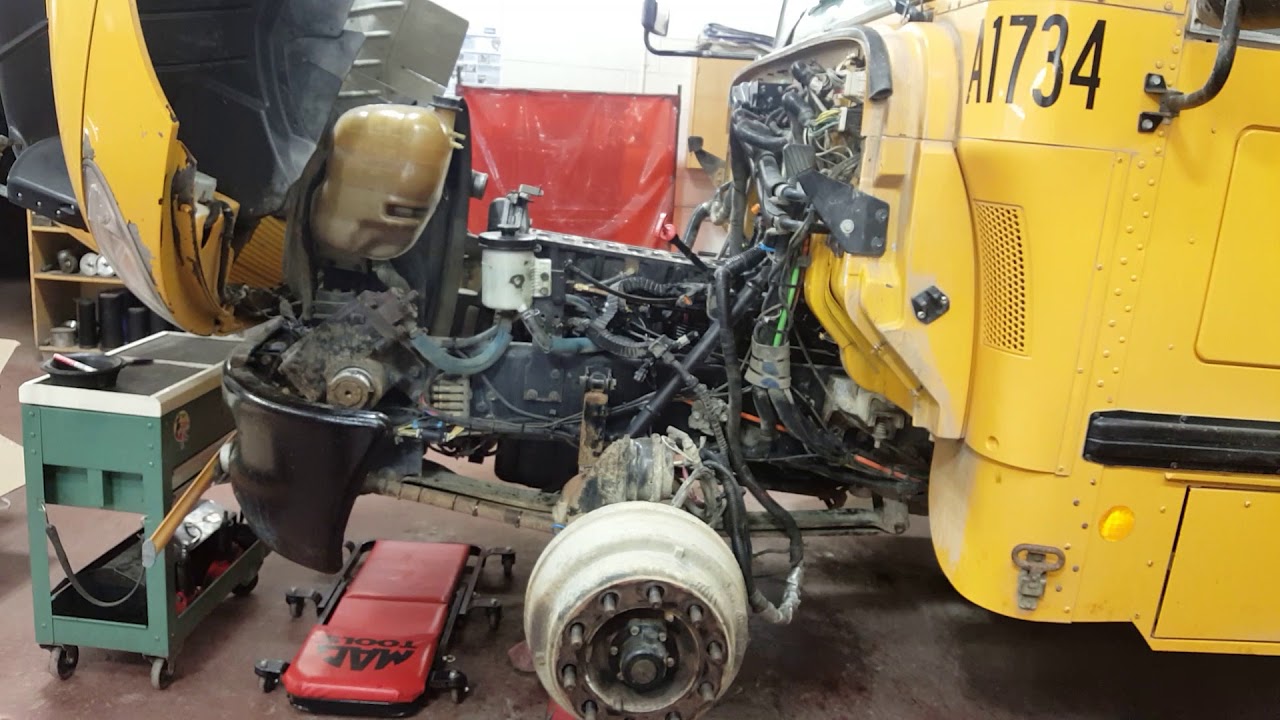Once the cylinder liners were secured and measured for protrusion the new pistons were then installed with new bearings and rings. This is where care (as always) needs to be taken especially when installing the pistons. The rings need to be turned to the correct position 120 degrees apart from each other so the open ends don’t line up. You don’t need any loss of compression if it can be helped. The connecting rods (con rods) are numbered one to six and the con rod bearings can only go in one way with the manufactured tangs that notch in to the con rod and con rod cap.
The connecting rod cap retaining bolts are torqued and then of course need to be double checked. These steps must be taken with care so nothing goes wrong after start up. Believe me you don’t want to leave anything loose during any steps involving moving parts. The cylinder head has been sent out for inspection which includes cleaning in the hot tank (a chemical bath), valves and seats, flatness on head surface and magnifluxing for cracks.
One of the local machine shops did all the work and found no cracks, replaced the valve seals and machined the head surface for a nice even contact with the head gasket. The cylinder liner protrusion and head surface are important factors to look at so the head gasket seal does it’s job. Note for non mechanics: Diesel engines have much higher cylinder compression than your standard gas engine due to the requirement for heat of compression to ignite injected diesel fuel.
The injectors are being replaced since they are original and the mileage is well over 200,000 km. 120,000 miles. They cost 350.00 each (remanufactured) purchased from an aftermarket company which was 25% less than the dealer. The Diesel Particulate Filter is being replaced as well due to the fact that this engine was pumping out blow by gases and oil down the pipe through the exhaust system causing major soot build up.
The DPF was also an aftermarket part that saved us money even though it was over 2,000 dollars. You can see the writing on the wall with emissions on these engines. The cost is great with no changes in sight with the same exact parts (no re-engineering) failing over and over again. Our fleet will survive as we adapt to common problems. That’s how it works with similar failures happening on a consistent basis. Experience will be our best teacher.







